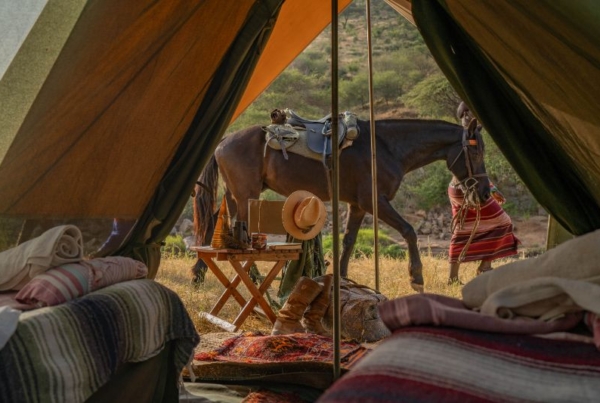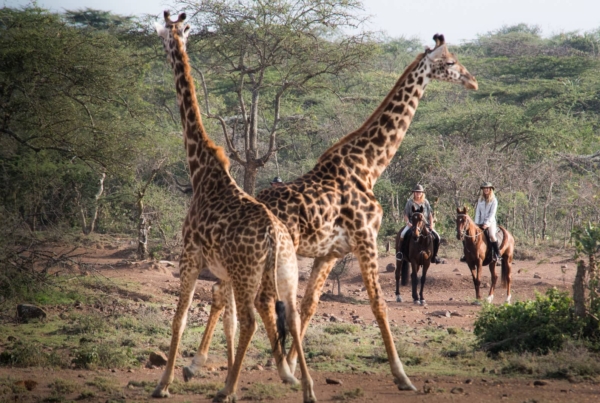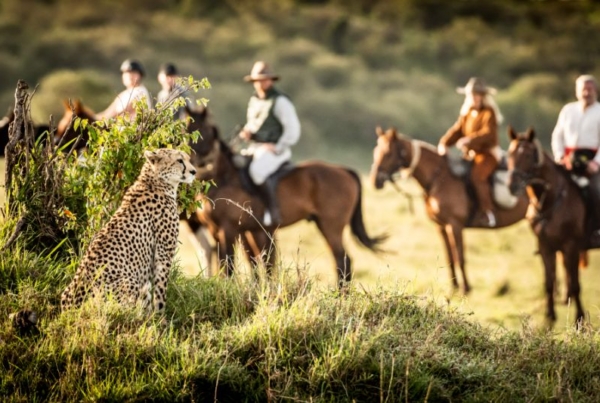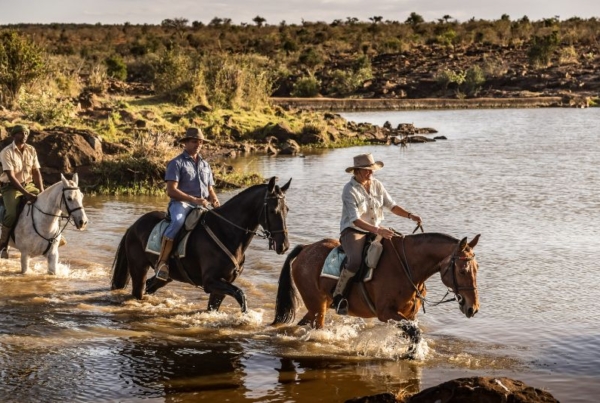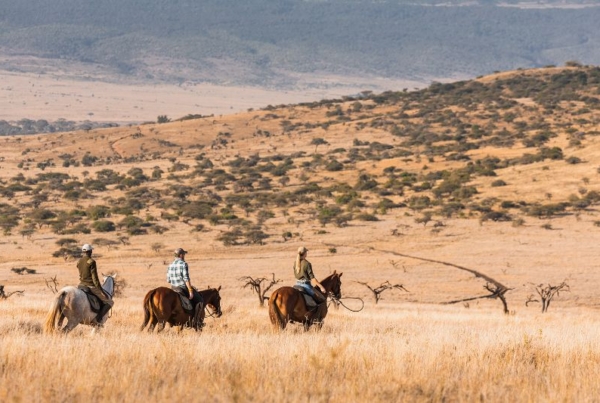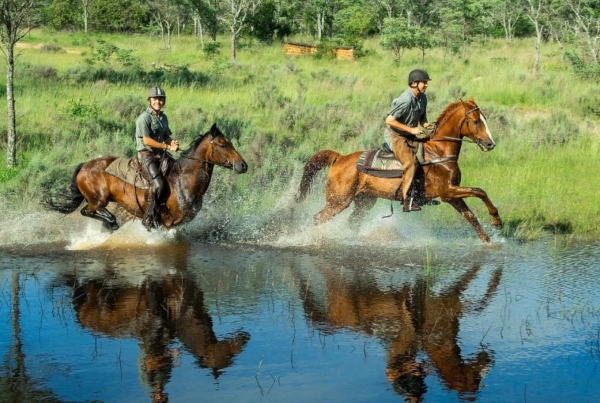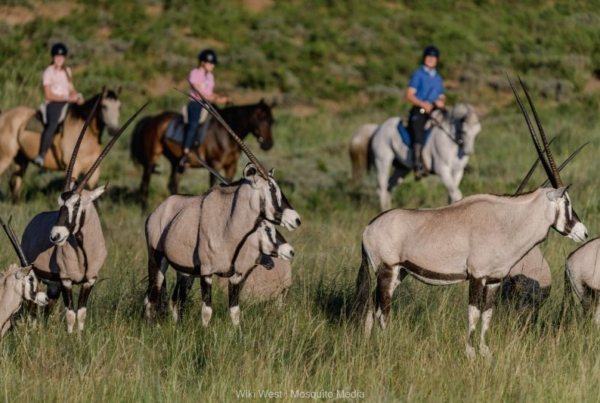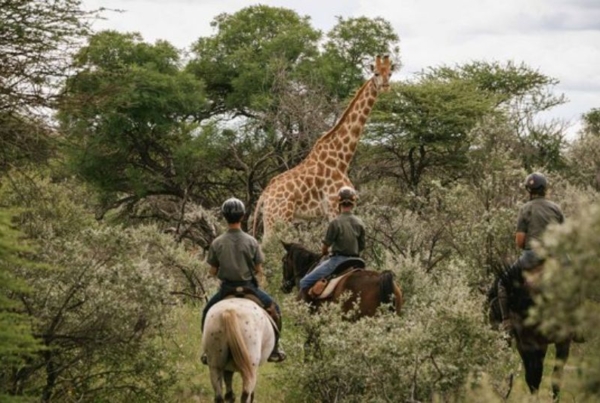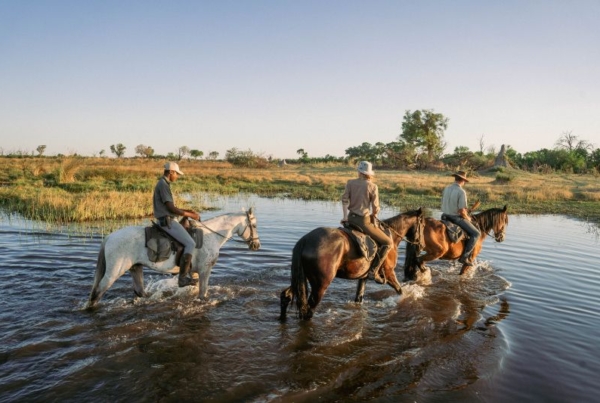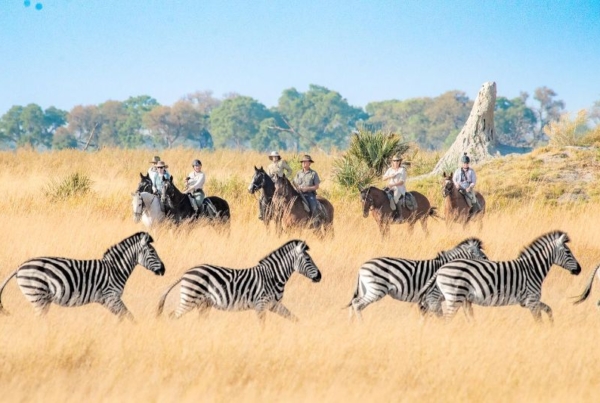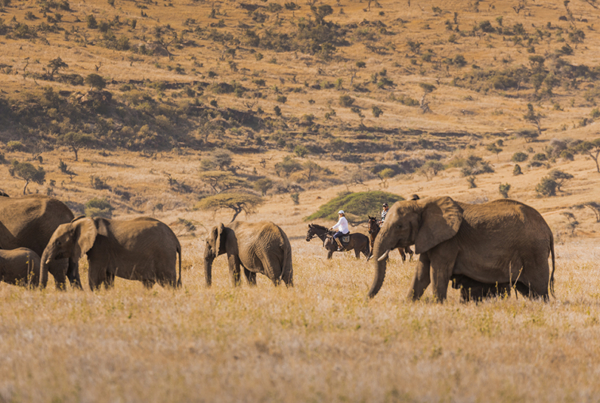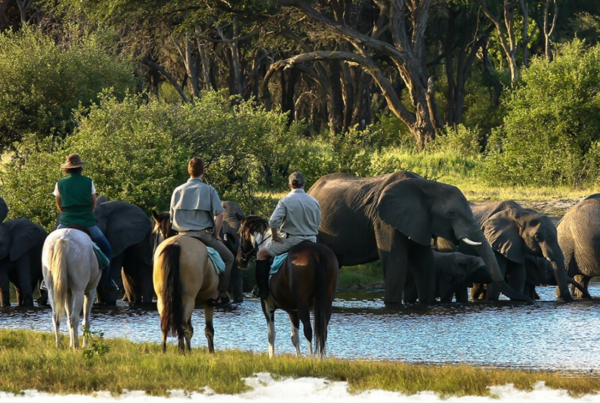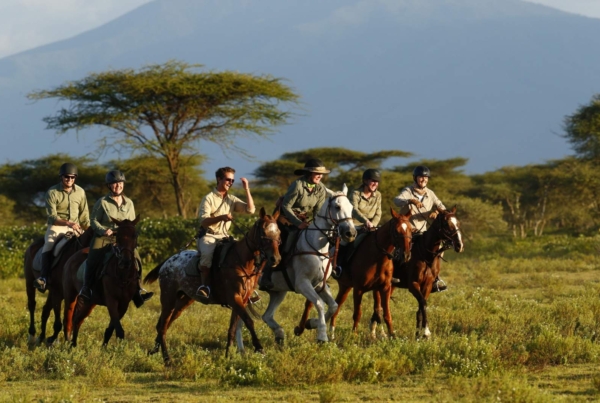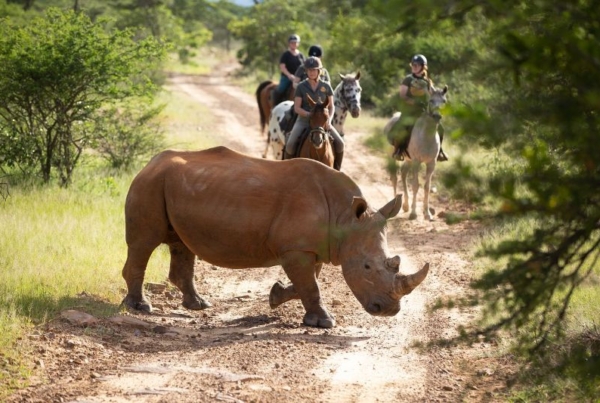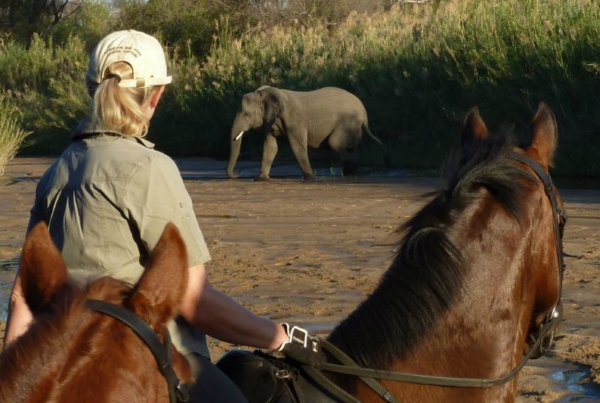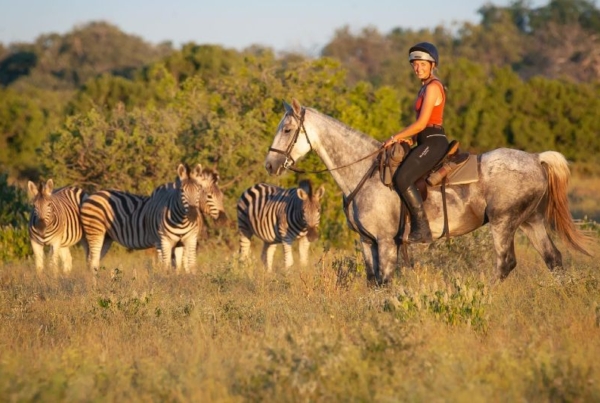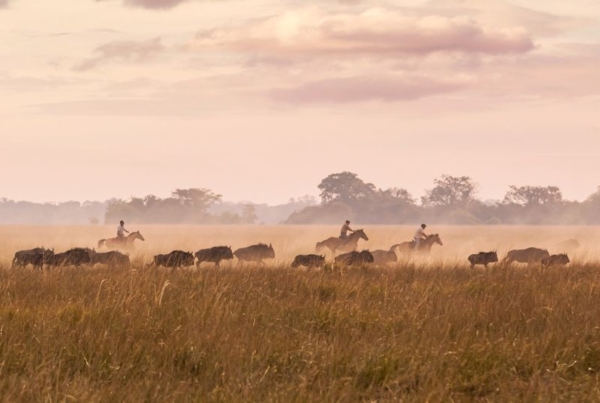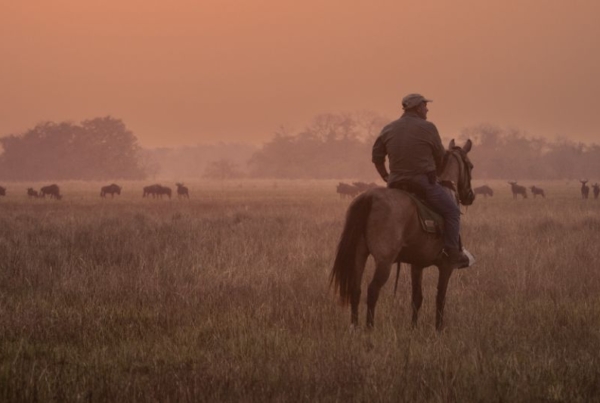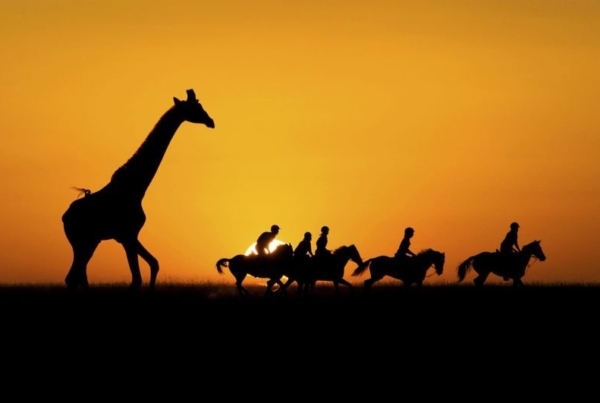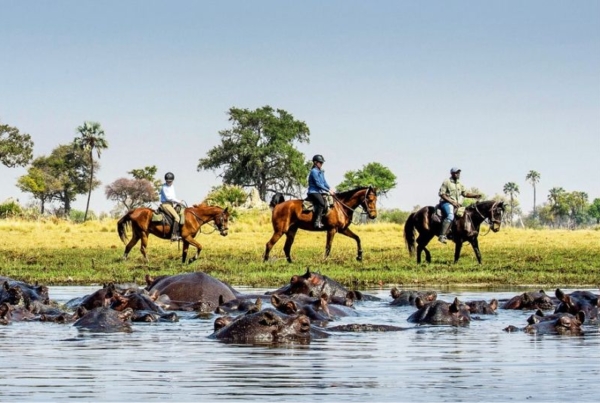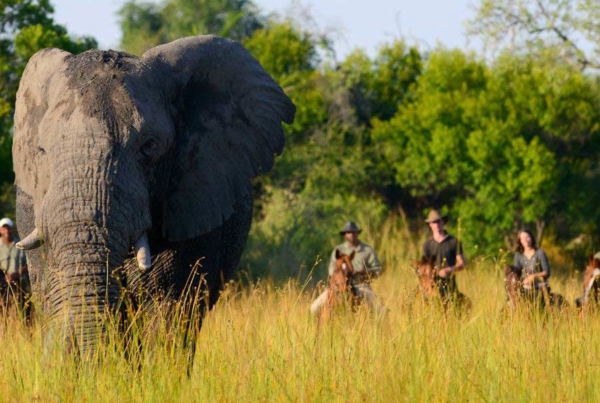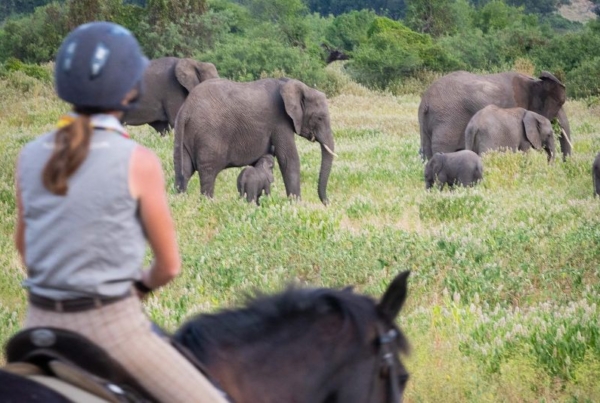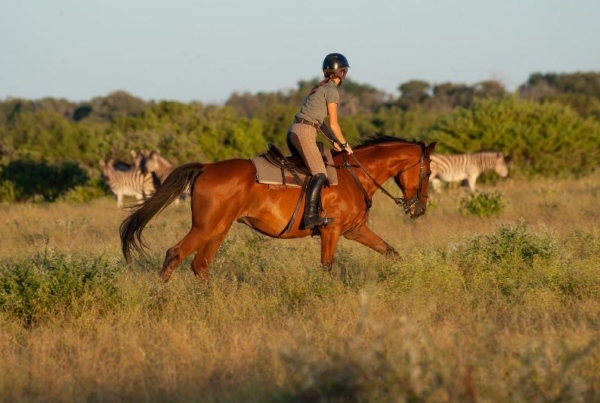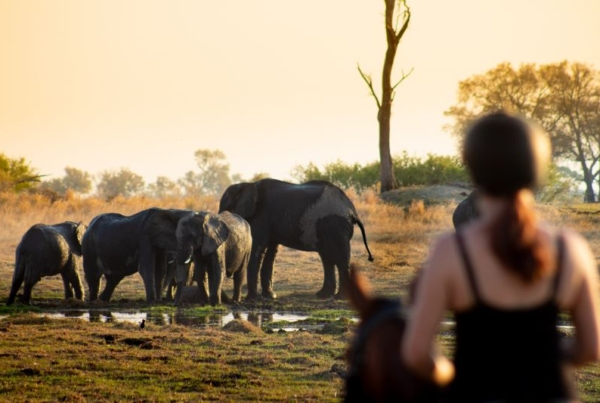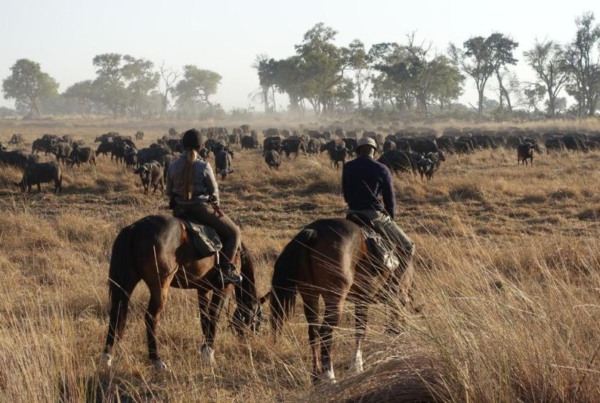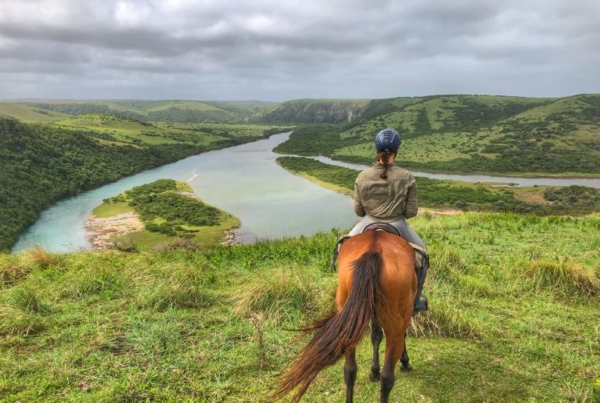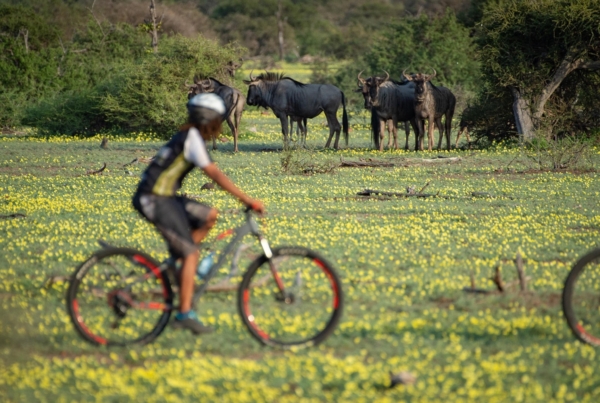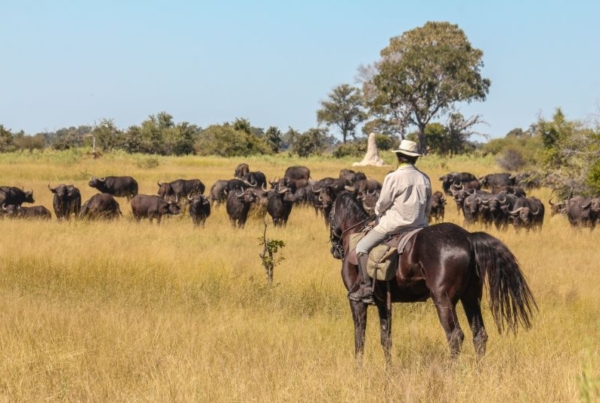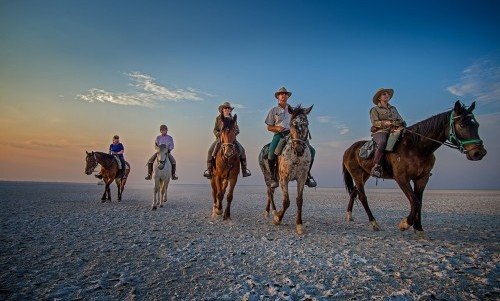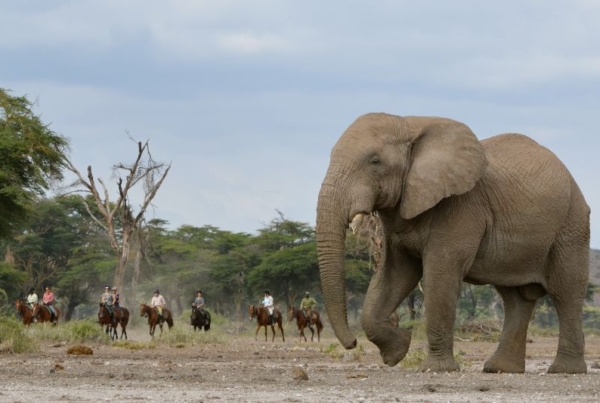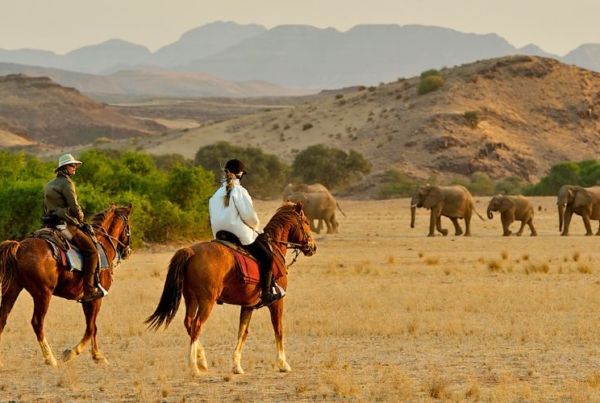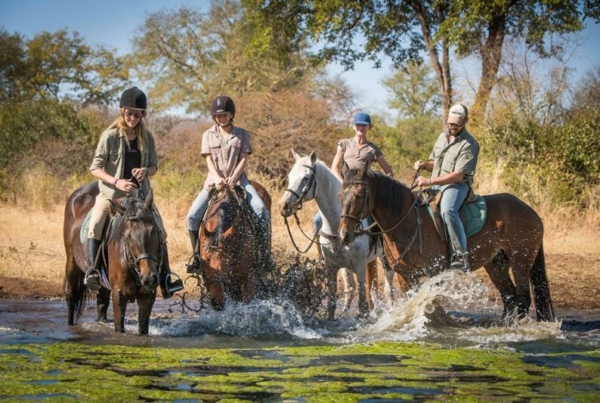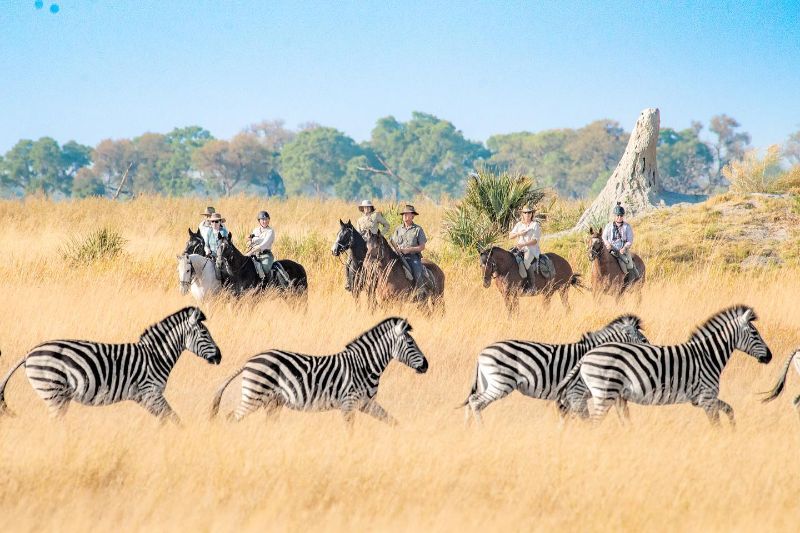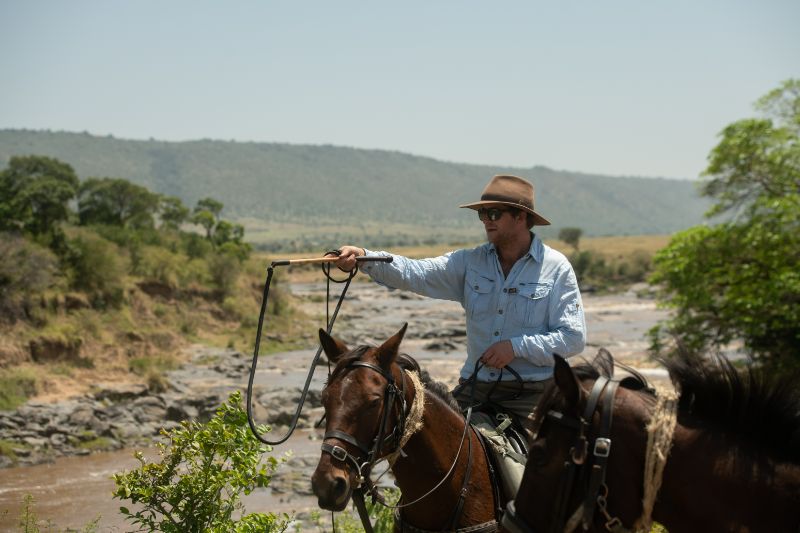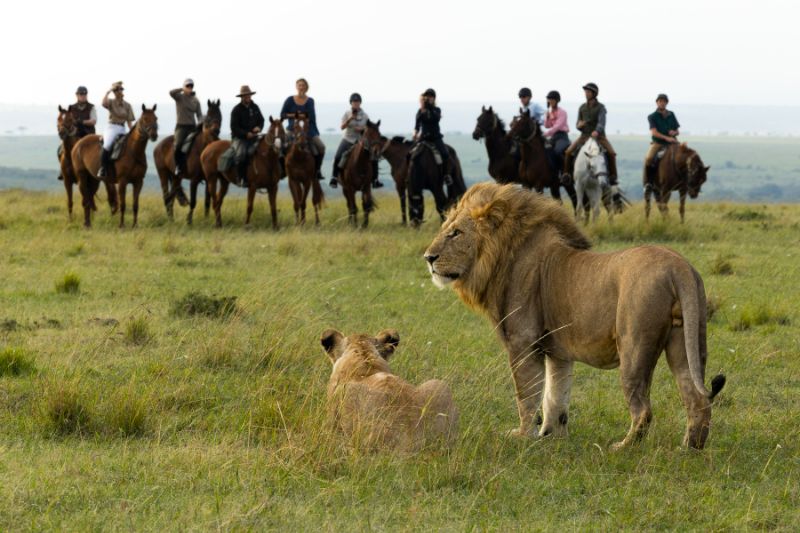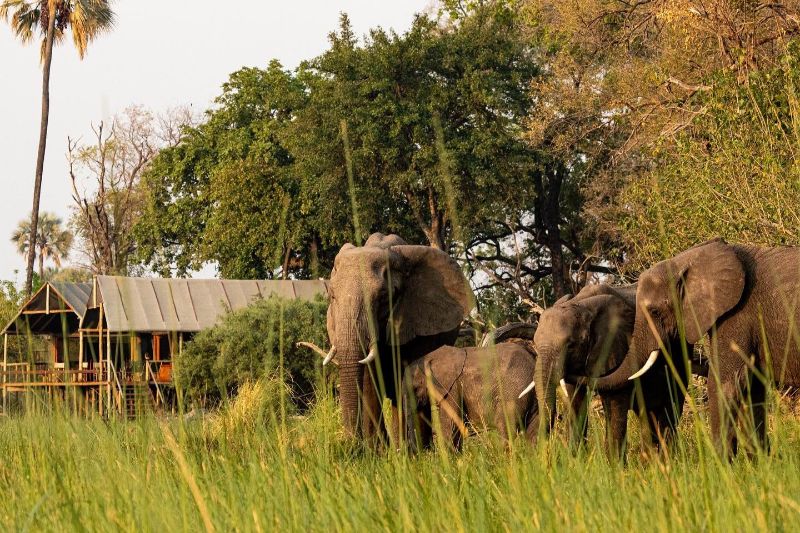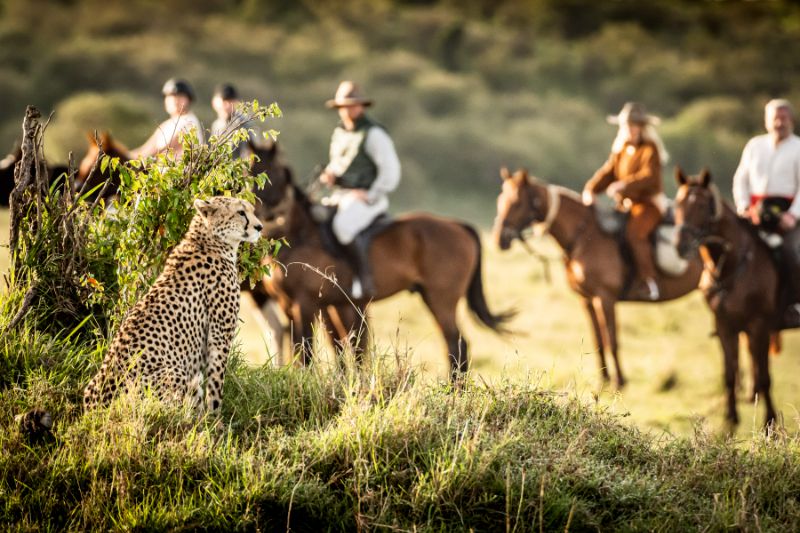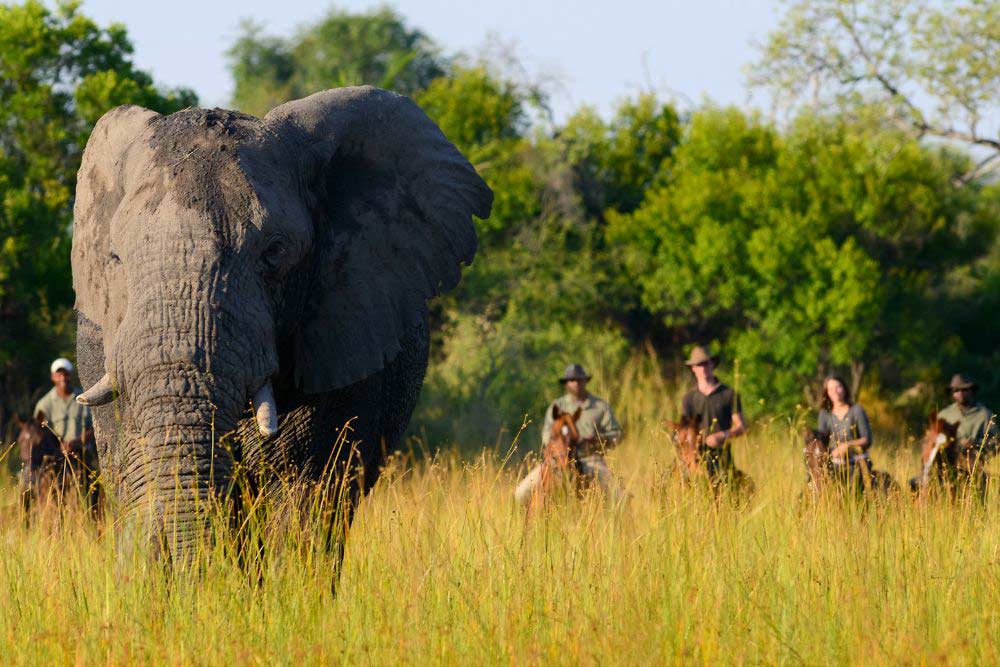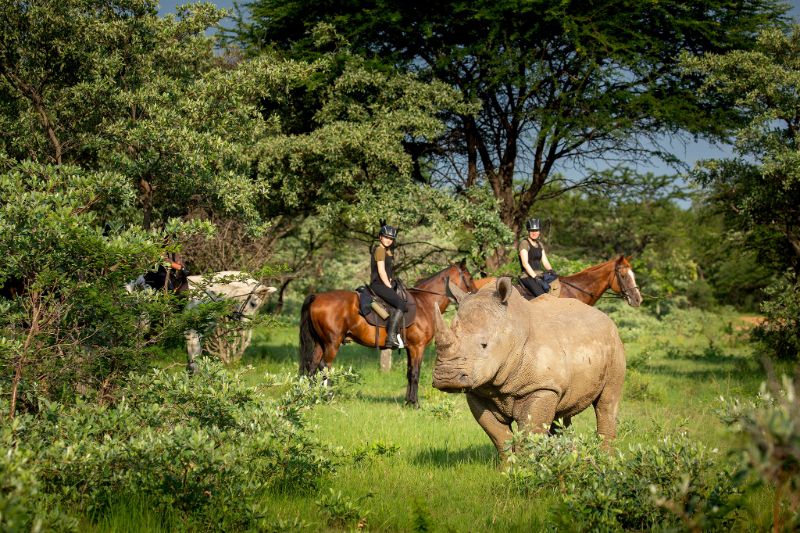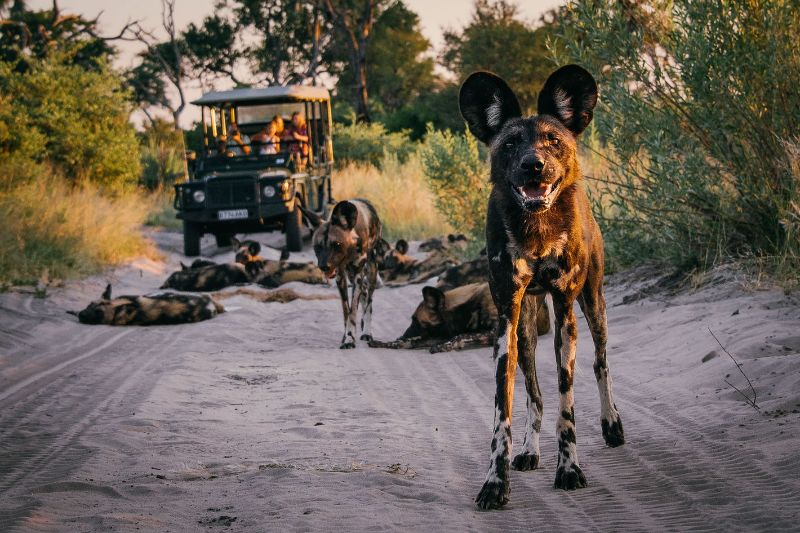A Horse Safari May Be the Best Way to Get Up Close to Africa’s Wildlife
Do you dream of galloping over endless savannas with herds of zebra and giraffe? Have you always imagined yourself riding alongside the giant tuskers in East Africa or getting nose to nose with a rhino? A horse safari may be the best way to explore incredible landscapes and get up close to Africa’s wildlife.
Many of our horse-riding holidays give you the chance to see animals on horseback. But this selection of horse safaris focuses on areas that offer some of the most incredible wildlife sightings known to man. On a horse safari, you go from being a spectator to an active part of the landscape and nature. On horseback, riders can get off-the-beaten-track, following trails made by the herds of elephant into wilderness areas that very few humans have seen. Riding through areas inaccessible to vehicles allows some exciting and intimate wildlife sightings, whether it is your first or hundredth safari experience.
There are few things more adrenaline-inducing than cantering over the grass plains, only to be joined by a herd of zebra who have decided to take up the pace! You never forget your first elephant encounter on horseback. There is something indescribably thrilling about creeping up towards a herd of elephants, with only the soft tread of your horse’s hooves interrupting your appreciation. It is a privilege to be in their presence, watching them feed and interact. It is amusing, and a little disconcerting, when you find your horse is more interested in grabbing a few mouthfuls of grass, than in the gentle giants in front of him. And many riders become mesmerized by the sight of a tower of giraffe in the tall thorn trees. Your heart slows as you get to watch their incredibly long tongues dart through the leaves and their bright eyes gawk down at you. Being on horseback is a truly unique way to view wildlife!
